Industry information
Company News
- Aluminum veneer curtain wall: the fashionable coat of modern architecture
- Aluminum veneer customization, creating an exclusive personalized space
- Aluminum veneer customization, creating a new trend of personalized space
- Aluminum veneer: the fashionable choice for modern architecture
- Fluorocarbon aluminum veneer: the "invisible warrior" of the construction industry
Industry dynamics
- Aluminum veneer curtain wall: a fashionable outerwear for urban architecture
- Fluorocarbon aluminum veneer: a fashionable choice for modern architecture?
- Modern living room aluminum ceiling design
- In depth insight into the characteristics of curtain wall aluminum veneer
- Innovative design of fluorocarbon perforated aluminum veneer
Frequently asked questions
- What are the applications of aluminum veneer in the construction industry?
- What factors will affect the price of aluminum veneer?
- What are the applications of aluminum veneer in the interior decoration industry?
- What are the applications of aluminum veneer in the interior decoration industry and how can they be improved?
- What are the advantages and disadvantages of aluminum veneer compared to other metal materials?
contact us
Mobile:+86 15627778610
Email: 2201229786
Address: No. 5 Binjiang Road, High tech Zone, Zhaoqing City, Guangdong Province
How to evaluate the impact of the insulation effect of aluminum veneer on the appearance of buildings?
- Author: Lesilong Technology (Guangdong) Co., Ltd
- Release time: 2022-03-02 23:27:03
- Click:0
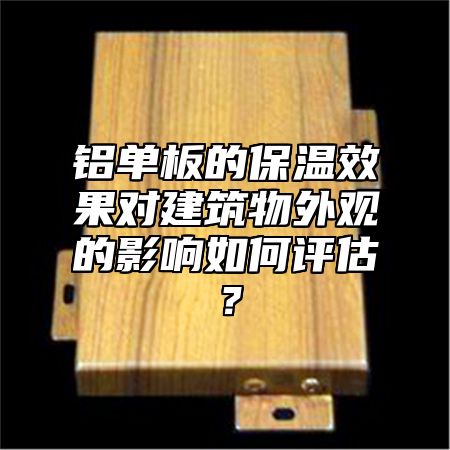
Aluminum veneerAs a new type of exterior wall decoration material, it has good insulation performance. This insulation effect has a significant impact on the appearance of buildings. Let's take a detailed look at how to evaluate the insulation effect of aluminum veneer on the appearance of buildings.
1、 Methods for evaluating insulation effectiveness
1. Thermal resistance value: Thermal resistance value is one of the important indicators for measuring the insulation performance of materials. The larger the thermal resistance value, the better the insulation performance of the material. When evaluating the insulation effect of aluminum veneer, its insulation performance can be judged by measuring its thermal resistance value.
2. Heat transfer coefficient: Heat transfer coefficient is one of the important indicators for measuring the thermal conductivity of materials. The smaller the heat transfer coefficient, the better the thermal conductivity of the material. When evaluating the insulation effect of aluminum veneer, its thermal conductivity can be judged by measuring its heat transfer coefficient.
3. Surface temperature: Surface temperature is one of the important indicators for measuring the heat dissipation performance of materials. The lower the surface temperature, the better the heat dissipation performance of the material. When evaluating the insulation effect of aluminum veneer, its heat dissipation performance can be judged by measuring its surface temperature.
2、 The impact of insulation effect on the appearance of buildings
1. Color change: The color of aluminum veneer will change with temperature. In high temperature environments, the color of aluminum veneer will become darker; In low temperature environments, the color of aluminum veneer will become lighter. This color change will affect the overall appearance of the building.
2. Reflectance change: The reflectivity of aluminum veneer also changes with temperature. In high temperature environments, the reflectivity of aluminum veneer will decrease; In low-temperature environments, the reflectivity of aluminum veneer will increase. This change in reflectivity can also affect the overall appearance of the building.
3. Texture changes: The texture of aluminum veneer also changes with temperature. In high temperature environments, the texture of aluminum veneer will become clearer; In low temperature environments, the texture of aluminum veneer will become more blurred. This texture change will also affect the overall appearance of the building.
3、 Conclusion
Evaluating the insulation effect of aluminum veneer on the appearance of buildings requires consideration of multiple factors. In addition to the thermal resistance value, heat transfer coefficient, and surface temperature mentioned above, the influence of factors such as color, reflectivity, and texture also needs to be considered. Only by comprehensively considering these factors can the insulation effect of aluminum veneer on the appearance of buildings be accurately evaluated and corresponding design decisions be made.

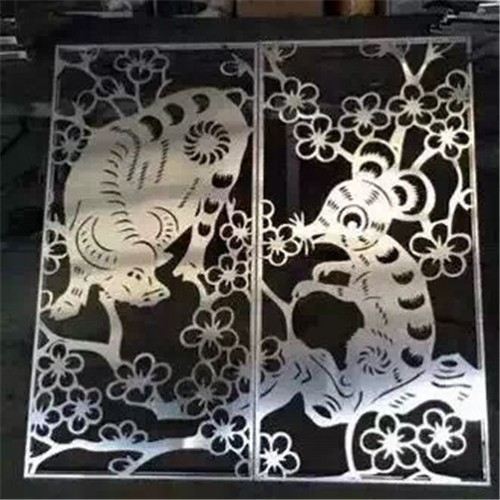
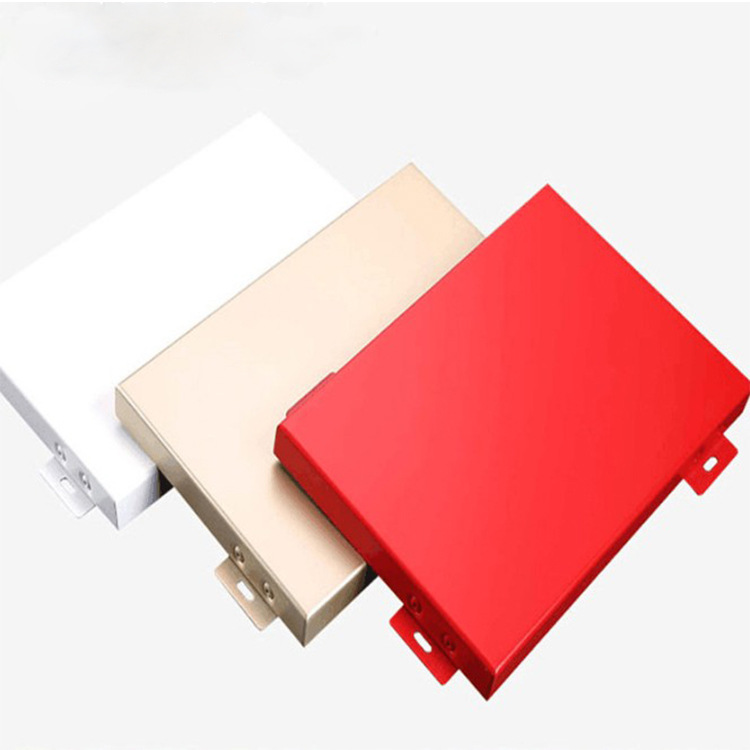
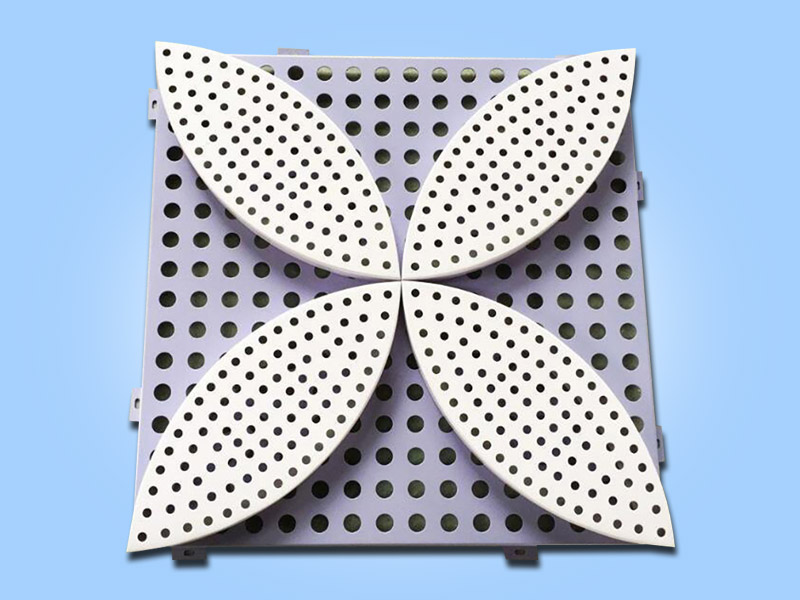
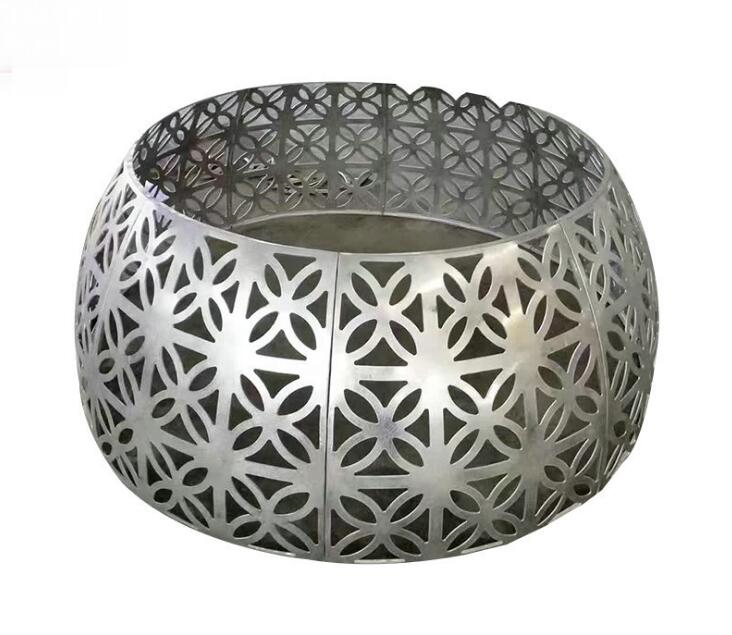
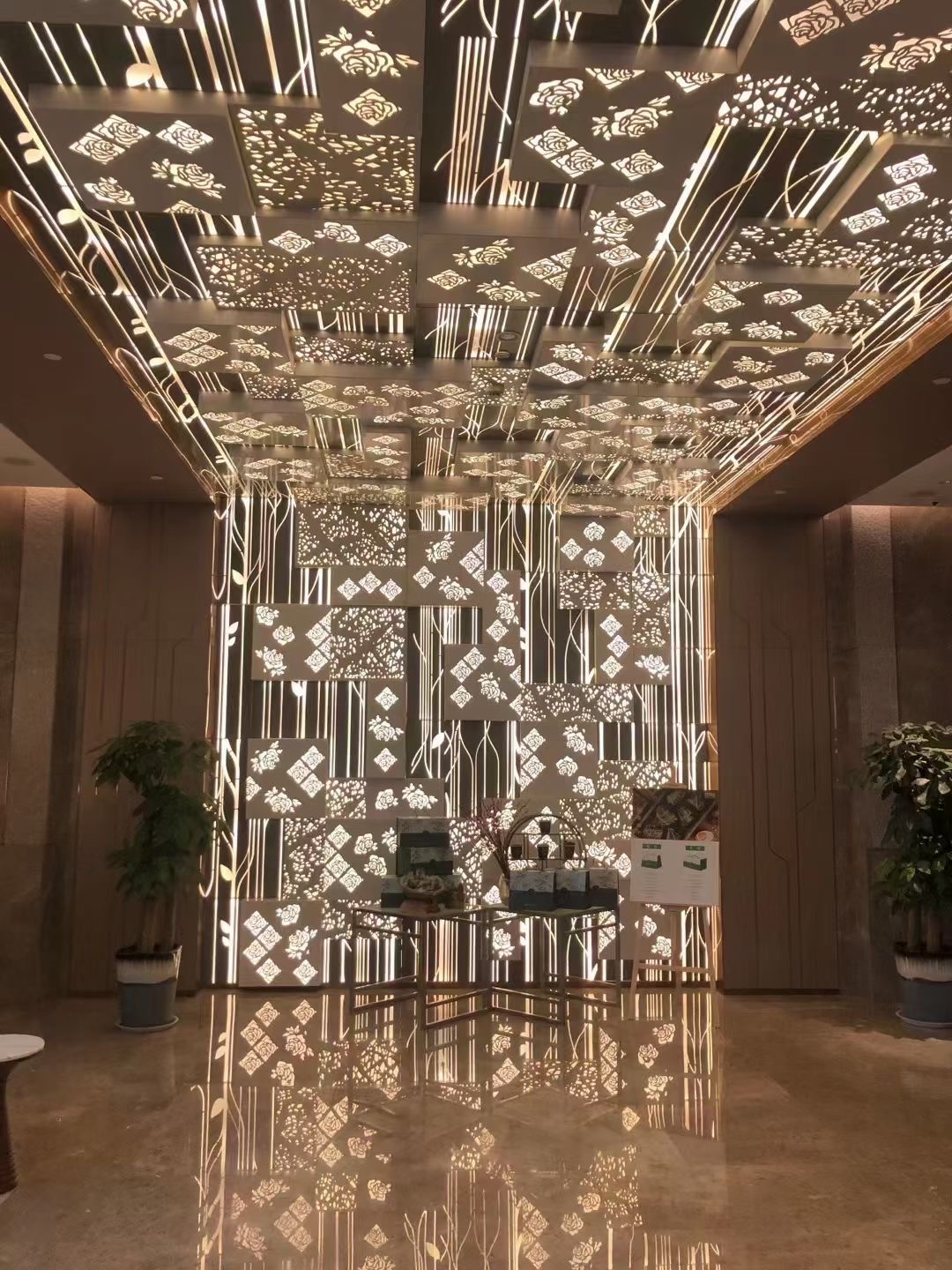
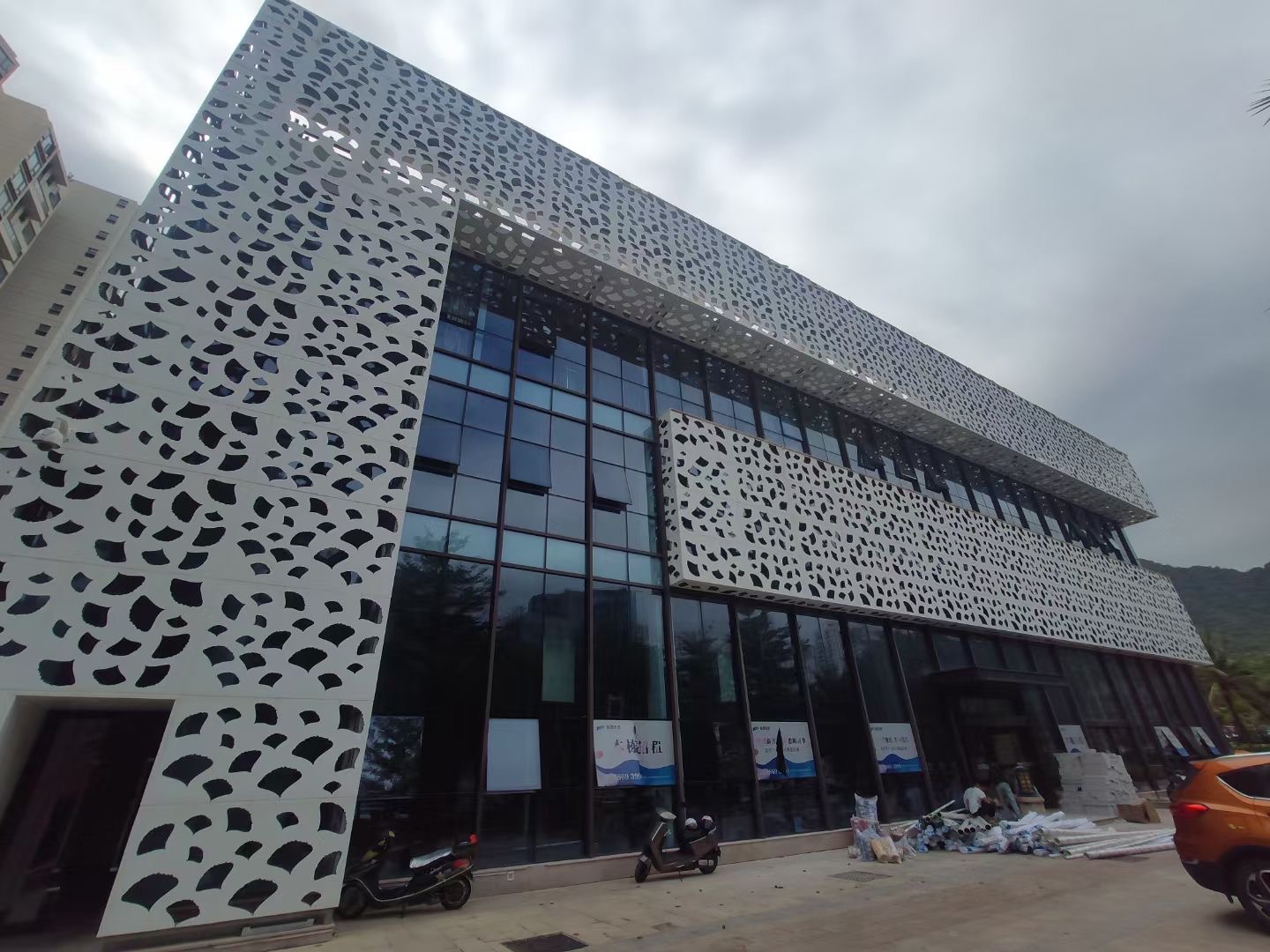
 Customer service QQ
Customer service QQ